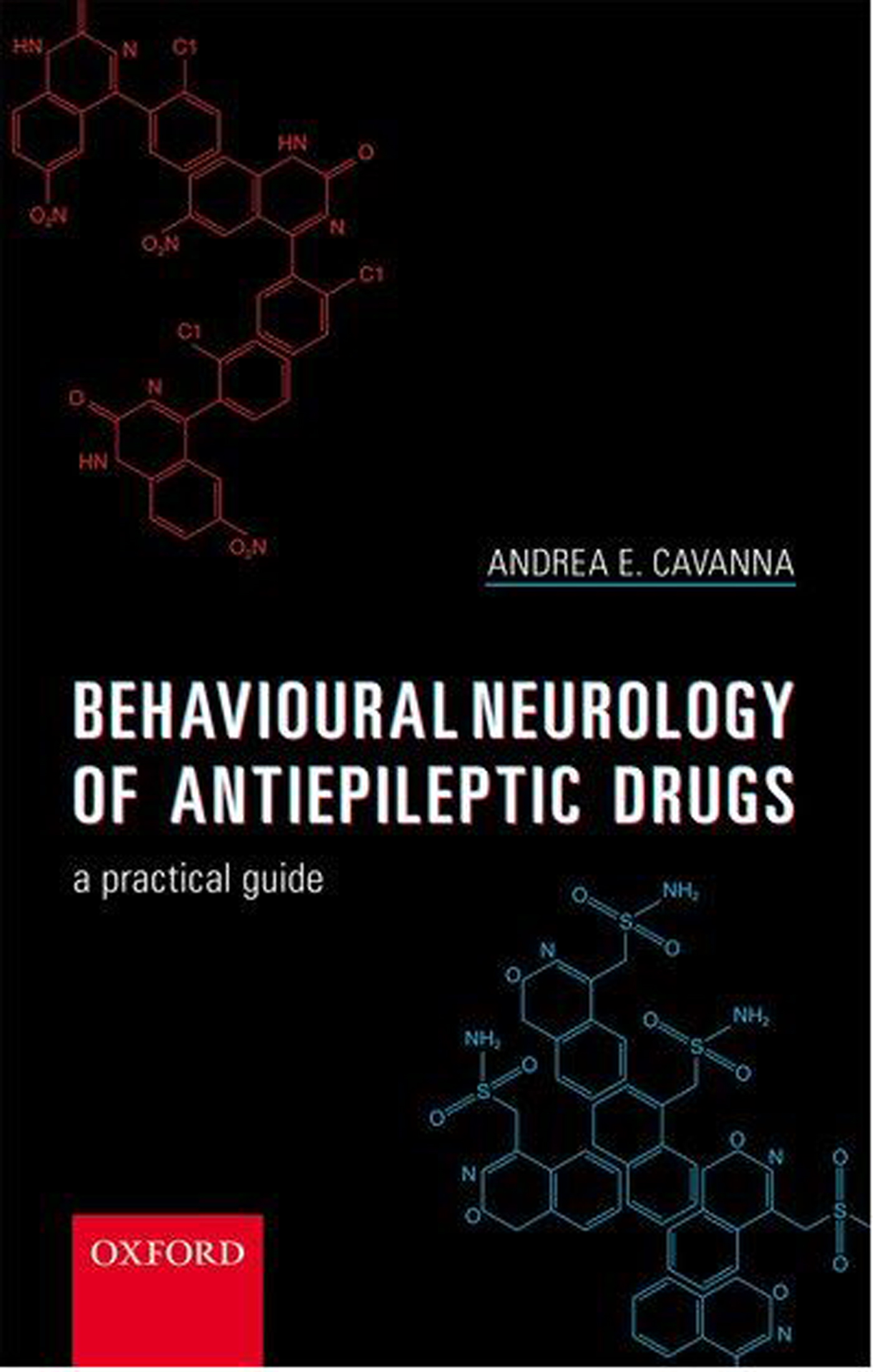
Anti-epileptic drugs are widely prescribed in neurology and psychiatry. They represent first-line treatment in epilepsy, but they are now also used in headaches, pain, bipolar disorder and anxiety and there is increasing evidence in movement disorders and impulse control. It is therefore evident that any practising neurologist or psychiatrist has or will have patients taking at least one of these drugs.
This is a pocket-sized user-friendly guide covering 23 anti-epileptic drugs in terms of basic pharmacology (i.e. mechanism of action, pharmacokinetics and interactions) as well as clinical indications, side-effects, need for therapeutic drug monitoring, posology and titration. All drugs are listed in alphabetical order, making the book easily and quickly accessible.
The book is specifically linked to the UK's National Institute for Health and Care Excellence (NICE) guidelines for epilepsy (2012) and current licensed indications in psychiatry but it is also linked to the Medicines and Healthcare products Regulatory Agency (MHRA) in terms of regulations regarding, for example, the prescription of generic formulations. In that regard, there is no mention of the current MHRA regulations about valproate in women of childbearing age, such as the Pregnancy Prevention Programme and the Annual Risk Acknowledgment Form, but this is probably because the book was written before the MHRA guidance was issued. However, the section on pregnancy in the chapter on valproate lists all major points regarded as best clinical practice, including the need to discuss neurodevelopmental malformations with the patient, prescription of valproate only if it is the sole therapeutic option and use of the lowest effective dose.
Side-effects are correctly classified according to pharmacoepidemiological classes and this is quite helpful when advising patients about rare side-effects.
Each drug is also discussed in terms of behavioural tolerability in epilepsy and this is another helpful feature. In fact, it is now established that people with epilepsy can develop psychiatric adverse events during treatment with anti-epileptic drugs. There is also a brief chapter summarising psychiatric problems in epilepsy.
As stated by the author, this guide was developed for behavioural neurologists and neuropsychiatrists dealing with people with epilepsy but there is no doubt that it can be of great value for any neurologist or psychiatrist prescribing this class of medication and it can be of interest also to pharmacists. Neurology and psychiatry trainees will find this guide very informative and of great value in their training.



eLetters
No eLetters have been published for this article.